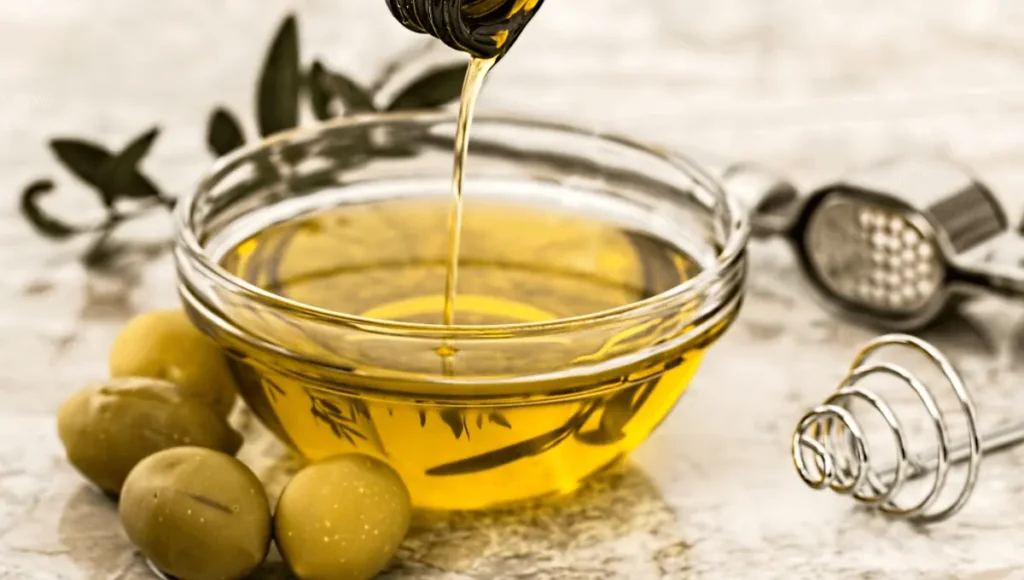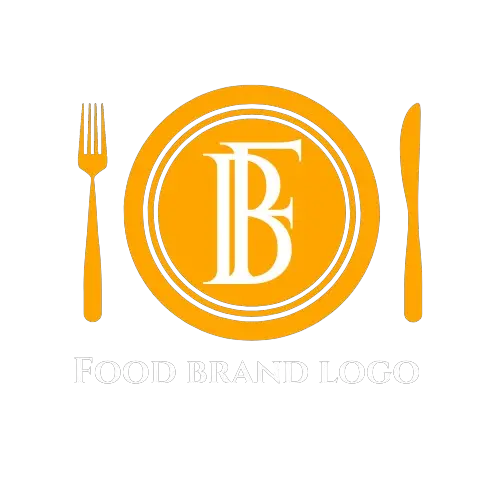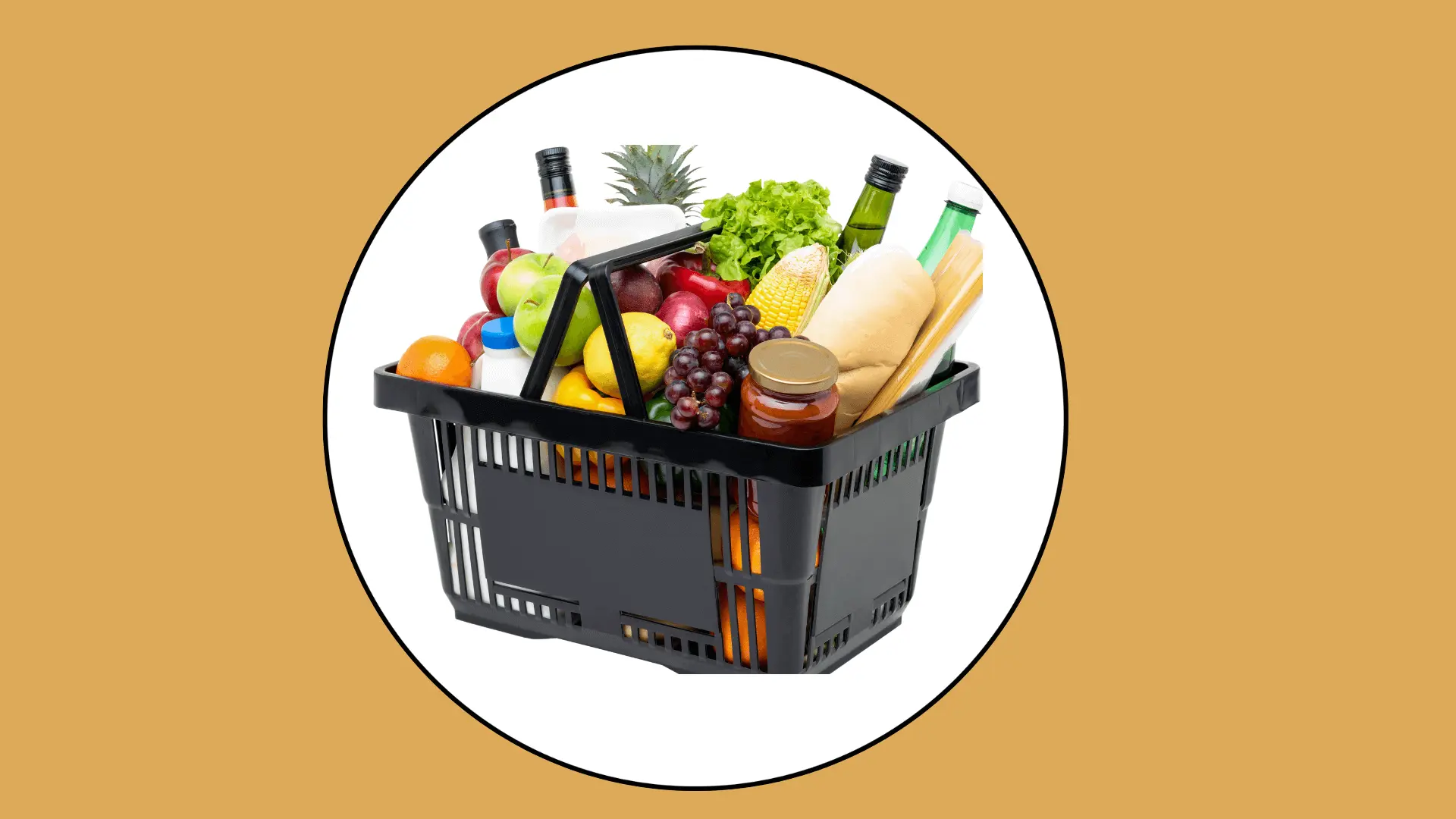What is processed foods? Meaning, Definition Examples, Types And History

Processed foods, specifically what is processed foods, are essential to our daily diet, and no one can avoid them. These processed foods are made more convenient, flavorful, and long-lasting.
It includes cutting, heating, freezing, pasteurizing, canning, dehydrating, drying, mixing, and packing. Let’s look at what is processed foods? It’s meaning and definition, various types, and examples step by step.
Processed Foods Definition
Inquiring minds often wonder: what is processed foods? The definition can vary, but understanding this term is crucial.
According to “The Department of Agriculture, processed foods, meaning raw agricultural commodities, changed from their natural state, like washing, cleaning, cooking, chopping, blanching etc.
However, according to the “Institute of Food Technologists,” more steps are added, for example: Storing, fermenting, filtering, extracting, microwaving, concentrating and packaging.
Types Of Processed Foods
The United States made the grouping scale of processed food in 2009, called the NOVA classification. It classifies food into four categories.
Minimally Processed Foods Or Unprocessed

Minimally these are slight changes from their original state. For later use, these foods can be easily prepared and stored. Unprocessed or minimally processed food is directly contained in animals and plants, which is why the quality of the food has not changed.
Example
- cleaning and removing
- grinding
- Refrigeration
- Pasteurization
- fermentation
- Freezing and Packaging
- Vegetables
- whole grains
- nuts
- meats
- plain yogurt
- fresh pasta
- tea
- coffee
- and milk are include
Processed Culinary Ingredients

In this category, natural foods are altered slightly and used in the kitchen or make them easy to cook. These foods are derived from whole foods and processed by pressing, refining, grinding or milling for use in recipes.
Examples
- Oils from plants
- Seeds
- Nuts
- Vinegar
- salt
- sugar
- Butter
- Flour
- Syrup
Processed Foods

When food is processed, its texture and flavor are altered in this kind. These foods have two or three ingredients derived from the previous two categories. These foods are quickly prepared for eating.
Processed Foods Examples
- Canned fruits
- Vegetables
- Freshly made bread
- Cheeses
- Canned fish
- Fruits in syrup
Ultra Processed Foods

Ultra-processed foods (UPFs) are highly processed because many processing steps are involved, and they are made with ingredients like Fats, sugars, artificial colors, flavors and preservatives.
These foods are cheap, highly profitable and refer to some foods and drinks. These foods are made on a low budget and designed to increase people’s cravings to overeat them and buy more.
According to the U.S National Health and Nutrition Examination Survey, Ultra-Processed foods have a total of 60% of calories found in the U.S diet.
Examples
- Sugary drinks
- Packaged snacks
- Chips
- Cookies
- Breakfast cereals
- Luncheon meats
- Fast food
- Biscuits
- Ice cream
- Sweets and chocolate
Processed Food History
The history of processed food is a thousand years old. In food processing history, everyone wants safe food that is long-lasting and tastes better. Let’s take a step-by-step look at the history of food processing.
When considering what is processed foods, it is important to note that these foods also include those with added sugars, salts, and preservatives.
History shows that people preserved food by drying or salting it. Besides that, they know the fun of cooking food on fire and making it tasty and easier to digest.
In the 1800s, two vital food processing methods were introduced: pasteurization and canning. Credit goes to inventing these methods, as Louis Pasteur did in the 180s.
The biggest advantage of these methods is that they preserve food for a long time, keep it safe, and easily transport it worldwide.
In this way, heat kills the harmful bacteria in milk and juices without changing their taste and nutrition. The first preserved food-bottling factory was established by Nicolas Appert in 1810.
In the 1900s, refrigeration and freezing were introduced to keep food fresh and safe for longer. The purpose of refrigerators is to make the food cool and reduce the growth of bacteria, while the freezing method stops it. This method is very convenient for storing meat and dairy products without spoiling them quickly.
In the 1950s, it became essential to many families’ meals. Famous fast food chain made meals quickly and safely in a short time. In the 1950s, McDonalds began to use processed ingredients and make their service fast and cheaper.
Pre-cooked, frozen and packaged items like burger king, fries, and soft drinks are included at low rates without losing their food Quality. Frozen dinners and packed snacks were quick and easy to prepare. Now we eat many processed foods from drinks, bread and cheese to fast food like burgers, fries, coffee, tea and ice – cream etc.
Why Are Processed Foods Bad?
Processed foods involve the addition of artificial flavors, colors, preservatives, and sweeteners, and people think these are unhealthy and negatively affect their health. That’s true, but not for all processed foods. Understanding what is processed foods can lead to more informed dietary choices.
Processed foods have high calories of sugar, unhealthy fats and sodium, so all these components can cause some health issues such as Obesity, high blood pressure, heart disease and type 2 diabetes, Digestive issues, and Nutritional deficiency.
Types Of Processed Foods To Avoid
Here is the list of the top 10 processed foods to avoid. You do not need to eat these types of unhealthy processed foods.
Some processed foods, while convenient, can lead people to wonder, what is processed foods in the context of health and nutrition?
- Noodles
- Sugary soft drinks
- Snack cakes and cookies
- Frozen Dinners and Pizzas
- Processed Meats (Hot Dogs, Sausages, Bacon)
- Sugary Breakfast Cereals
- Canned Soups (with High Sodium)
- Potato Chips and Other Packaged Snacks
- Processed Cheese Products
- Sweetened Yogurts
Pros And Cons Of Processed Foods
Pros
- Frozen, pre-chopped, canned ingredients are quick, easy to prepare and can save time in the kitchen.
- Many processed foods are more friendly than fresh foods, so they are easily accessible to more people.
- Some Processed foods provide fortified vitamins and minerals that may be difficult to obtain in a busy household with limited budgets.
- In food history, some specific nutrients are found that prevent us from developing various health issues. Iron and B vitamins are included in the cereals to help prevent anemia disease in babies.
- Processing food helps to save us from harmful bacteria and keeps food fresh, longer and flavorful.
Cons
- In the processing way, they may lose some important nutrients. For example, peeling vegetables, fruits and whole grains may remove their nutrients and fiber. Similarly, heating and drying food may destroy its minerals and vitamins.
- Some people may not like processed food because of the artificial additives and preservatives.
- Processed foods make them tasty and easy to overeat, which causes weight gain.
- Regularly eating Processed foods increases the risk of severe diseases like heart disease, Obesity and diabetes.
Conclusion
In exploring what is processed foods, it becomes clear that Processed foods are important in food preservation and convenience and offer many benefits. When consuming this food, remember that some highly processed foods may be more unhealthy than others. However, some foods are good for health due to good nutrients like calcium, proteins and vitamins. So, there are many examples of foods that are good for health and a balanced diet.

